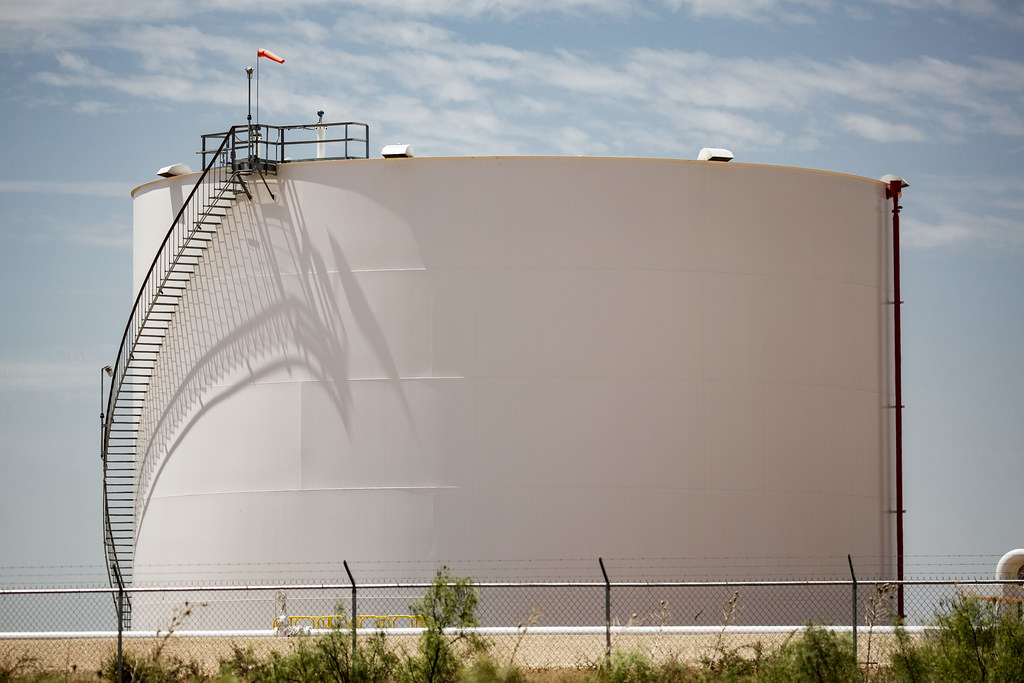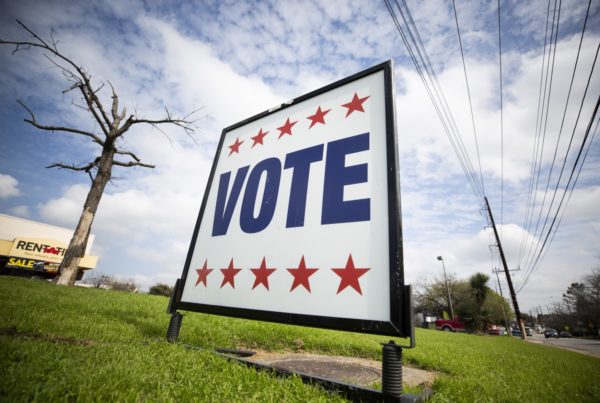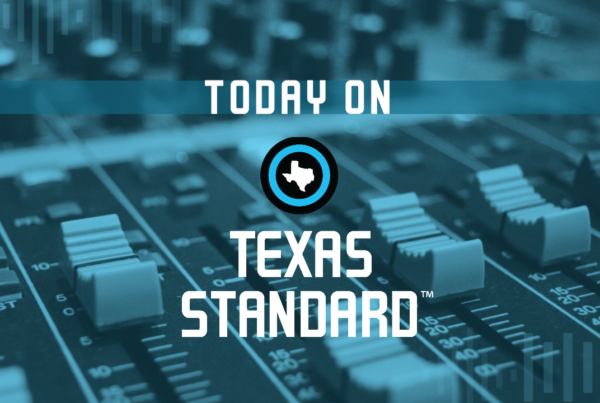Oil and gas are deeply embedded in Texas’ economy and identity — that’s especially the case in the Permian Basin, where the land is rich in petroleum and natural gas deposits.
But these operations are being observed spewing dangerous amounts of methane, a powerful greenhouse gas, with little to no regulation, according to a recent Associated Press investigation that looked into 533 “super emitters.” After the story’s release, the Environmental Protection Agency’s Region 6 headquarters in Dallas announced it would be conducting its own investigation into the sites.
Michael Biesecker, a national investigative reporter with the Associated Press, spoke to the Texas Standard about what these leaks mean for the environment.
This transcript has been edited lightly for clarity:
Texas Standard: Tell us more about these sites you looked into for this investigation. What is a super emitter, and how did you observe these emissions?
Michael Biesecker: Well, we partnered with a nonprofit that is a partnership of NASA’s Jet Propulsion Laboratory and academic researchers, including at the University of Arizona, who have been conducting overflights of the Permian with an infrared imaging spectrometer that can basically see methane plumes emanating from oil and gas sites. Now, methane is colorless and odorless, so it takes special equipment to be able to see these plumes spilling into the atmosphere.
What did it look like over Texas?
Well, I mean, if you would compare it to smoke, it would look like a bunch of little smokestacks all over the Permian. But again, it’s invisible to the naked eye. So, you can look at it through a spectrometer or a handheld camera, an optical gas imaging camera made by a company named FLIR. We used one of those as well to go onto the ground to some of these locations and document gas coming out of tanks, compressor stations, pipelines – you know, the machinery that you see throughout the Permian.
So, is this unregulated? Does the EPA not have control here?
The EPA has repeatedly tried to regulate methane emissions from the oil and gas industry. The Obama administration introduced new regulations in 2014 that were going to take effect in 2017 but as soon as President Trump came into office and at the urging of the industry, he reversed those regulations basically to make them ineffectual. Now that the Biden administration is in, they have issued new regulations for new oil and gas facilities, but that doesn’t touch on all the emissions from existing oil and gas facilities, which is the majority.
And what kind of impact are these emissions having on the environment?
Methane is a potent greenhouse gas. It is 83 times better over a 20-year period at trapping heat in the atmosphere when compared to carbon dioxide, which is mostly what we hear about. So, when targeting reductions that we can do in the short term to try to combat the worst coming impacts of climate change, methane is often cited as something that we can do now to try to blunt sea level rise, increasing heat waves, forest fires, the effects that we’re starting to see pretty much every summer.
What about the companies responsible for this – have they responded to your investigation?
As part of our investigation, we took the carbon mapper data, which essentially identifies sites by their coordinates. They would see a plume from the air, drop a pin and say, here it is, but that doesn’t tell you who is responsible for those emissions. So, we cross-referenced their data with things like air quality permits from the State of Texas, pipeline maps, land records, and we were basically able to identify the majority of these sites and try to ascribe what owner was responsible for them.
And we identified the top 10 companies as owning about 168 of the 533 sites. We went to each of those companies to ask them about their emissions. We got a mix of responses. Some companies said, ‘look, we’re working on the problem.’ Some said that they had addressed those sites already. Others just tried to argue the science and say, ‘well, we don’t believe your data’ and claim that no camera can see methane – which, again, this is a NASA instrument that is highly reliable.
Are there any current efforts at the state or federal level to bring more accountability to the companies operating these sites?
Well, in Texas, interestingly, it’s actually against state law to regulate methane emissions from the oil and gas industry in the Permian. So, the Texas Department of Environment is not doing a whole lot on that front. In fact, their hands are tied. But the EPA is trying to implement new regulations to take effect in the next year or two that would address the emissions from the existing sites.















